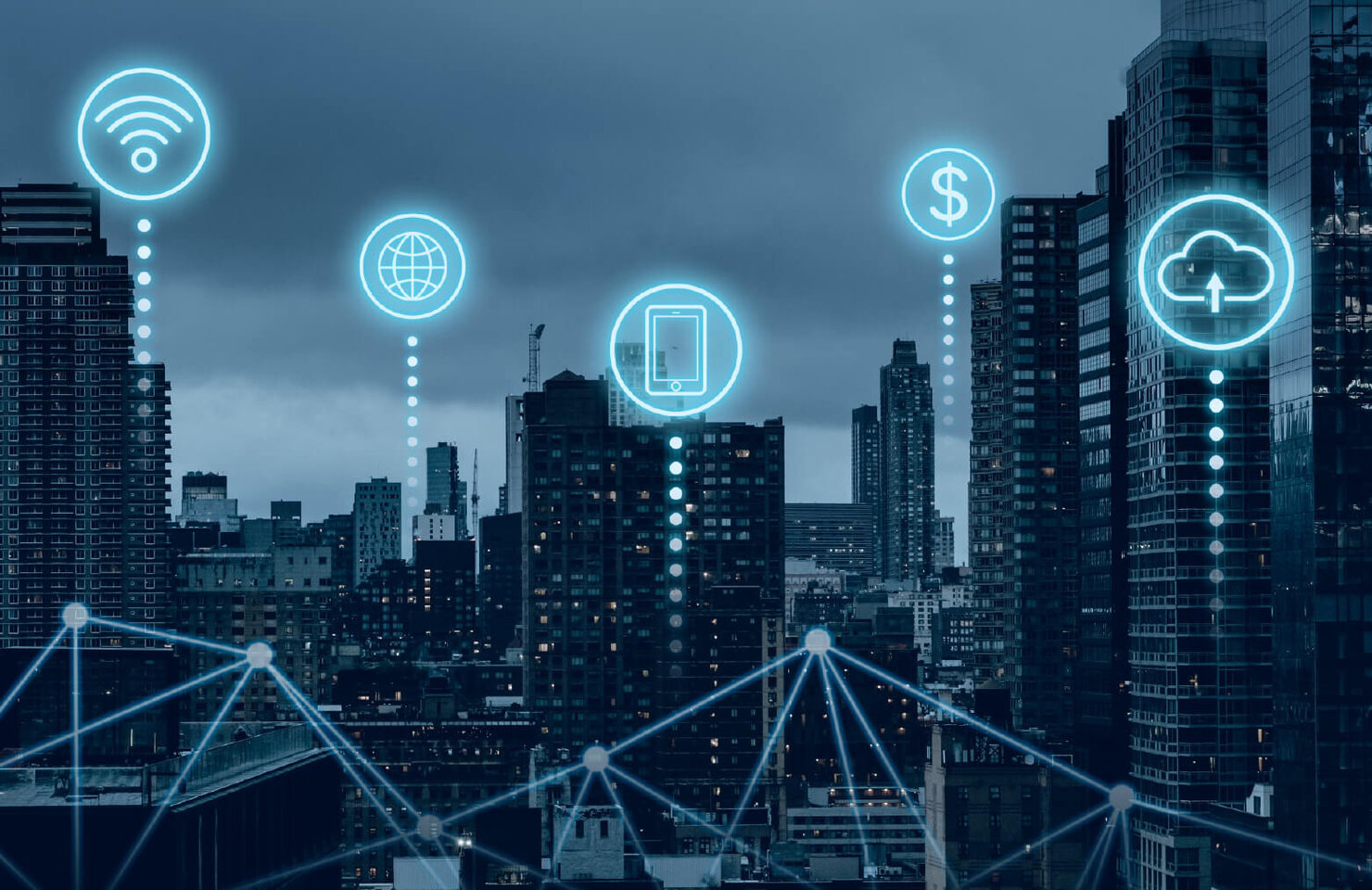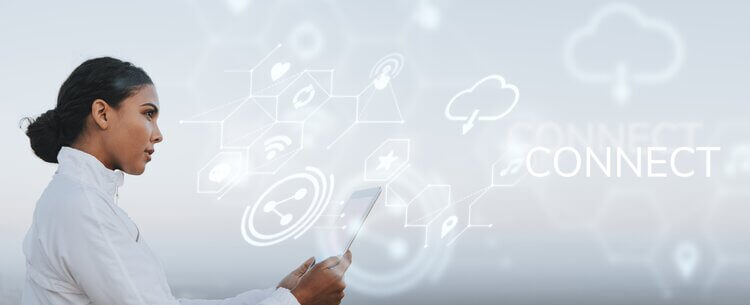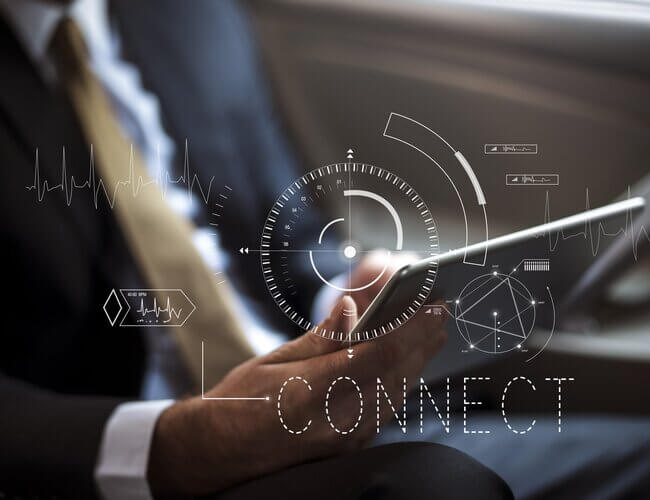The Internet of Things is an evolutionary step in internet-based computing. It already made a tremendous impact in a large number of application domains such as smart cities, sustainable living, manufacturing, and healthcare. IoT analytics is the analysis of data from disparate data sources that include sensors, actuators, and other objects connected to the internet. It is the key element of IoT’s disruptive power. However, a McKinsey survey states that less than 1% of IoT data is used to make business decisions. This is a serious setback to maximize IoT business value. Today, most IoT applications are used for anomaly detection rather than optimization and prediction.
Challenges of IoT Analytics

Data Diversity
IoT data streams are multi-model and heterogeneous in nature. So, IoT analytics applications expose variety and veracity. Bigdata solutions are meant to deal with this data diversity. However, accessing data from disparate sources needs drivers and connectors. Dealing with this challenge requires technology that supports interoperability.
Data Quality
Most IoT streams are noisy and incomplete. This poses uncertainty to IoT analytics. Probabilistic and statistical approaches must be employed to take the noisy nature of IoT into account. Different IoT data streams should be associated with different reliabilities. This is the scope of data integration in IoT analytics.
Real-Time Data
IoT streams feature a high volume of data. The data of such volume from multiple application should be processed in real-time. Hence, analytics can benefit from data streaming platforms associated with the big data ecosystem. The high velocity of data can be in several cases controlled by different data patterns and reports.
Time & Location Dependencies
IoT data comprises temporal and spatial information. The data is directly associated with the business value. IoT applications in several cases process data promptly from respective locations. Today, cloud computing facilitates the timely processing of data from required locations.
Cyber Security
The data from different IoT sensors are typically associated with cybersecurity requirements and privacy sensitivities. Especially in the case of IoT analytics that involve the processing of personal data, cybersecurity is mandatory to safeguard the data. Hence, IoT analytics need to be supported by modern cybersecurity solutions.
3 Phases in IoT Analytics
Phase 1: Data Collection
IoT data is collected and enriched with contextual metadata including location and timestamps. The data is validated with the format and source. It is also validated in terms of integrity, accuracy, and consistency. This phase addresses many analytics challenges such as consistency and quality.
Phase 2: Data Analysis
This phase involves structuring, storage, and analysis of IoT data streams. It includes the employment of data mining and machine learning tools to classify, cluster, and rules mining. These are used to transform IoT data into actionable insights.
Phase 3: Data Deployment and Reuse
IoT analytics techniques identified in the previous phase are deployed and operationalized. This phase ensures the visualization of IoT data based on the business needs. It enables the reuse of IoT insights and datasets across different applications.
6 Things to look for in a Data-Driven IoT Analytics Platform

Dynamic & Intelligent
The platform should include intelligent automation technologies in order to dynamically manage the operations, components, and applications. The analytics platform should be capable to make proactive decisions based on the understanding of the context of the environment. It should provide dynamic management tools specially designed for processing IoT data.
Data Distribution
The platform should include distributed information processing. It should also be employed with computing capabilities, distributed storage, intelligence, and data management capabilities. These functions should be greatly distributed across smart devices, gateways, and cloud environments. The processing needs to be migrated closer to the user so as to reduce the bandwidth.
Scalability
In order to meet the growing needs of the business, the platform needs to be scalable. It should address the variability in the number of devices, services, and users. The data management, storage, and processing should be dynamically available.
Programmable in Real-Time
The platform should be programmable in real-time. It should be able to process data in real-time by providing fast analysis and instant response for any given situation. It should prioritize urgent traffic and processing from non-urgent ones.
Interoperability
The platform should provide interoperability between different IoT infrastructure. The interoperability can be achieved through Application Program Interfaces (APIs). The APIs should follow the existing standards. The IoT components are published and maintained as open-source software. The goal is to create a common data model that is able to exploit both structured and unstructured data.
Security
The platform should include state-of-the-art cybersecurity and ensure privacy by design. This should encompass different features like data integrity, localization, and confidentiality. Implementing Security Operations Center to continuously monitor the data stream is highly recommended to prevent data breaches.
It is clear that IoT and Bigdata are transforming the decision-making landscape. At the same time, organizations should steer clear of the challenges. As the pandemic is pushing them to the technology tipping point IoT analytics helps to make smart decisions that can save time and cut cost.
Talk to our IoT Analytics Expert







